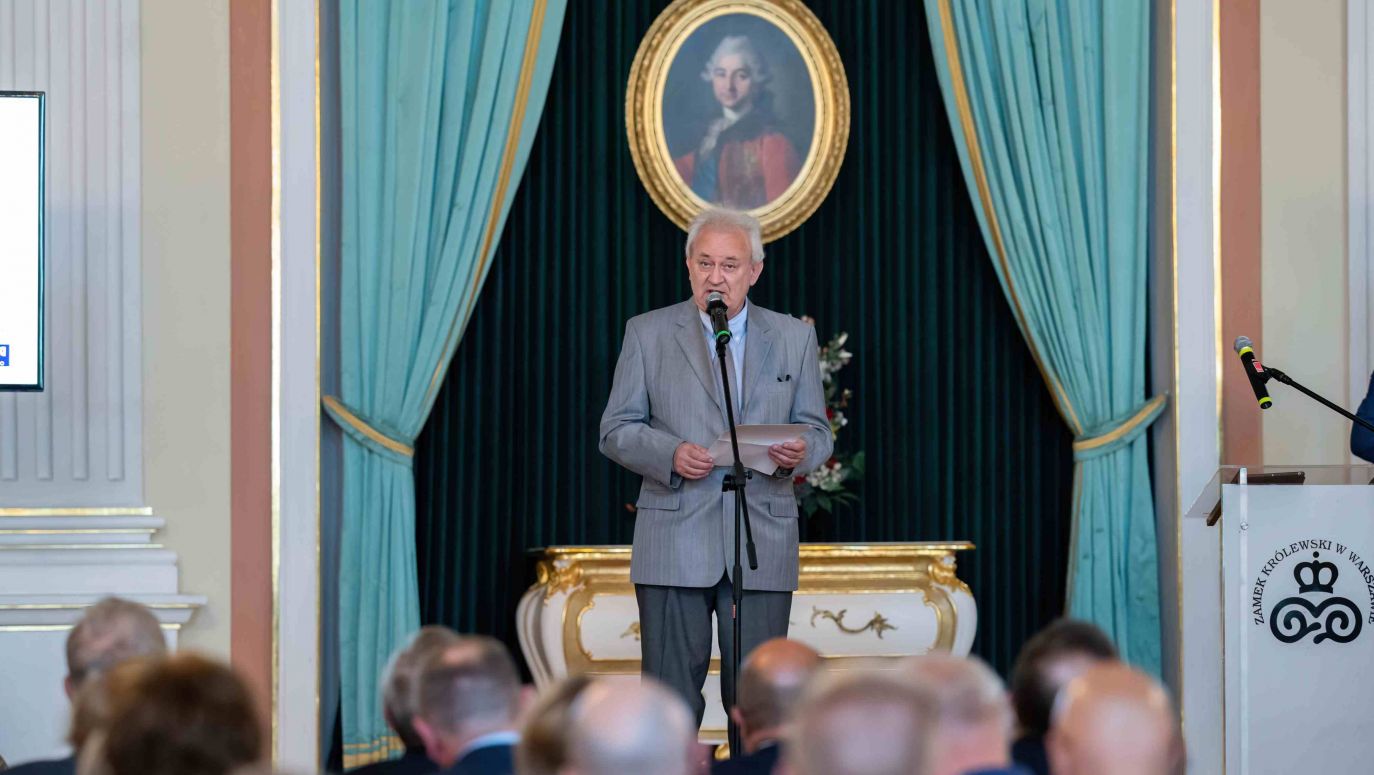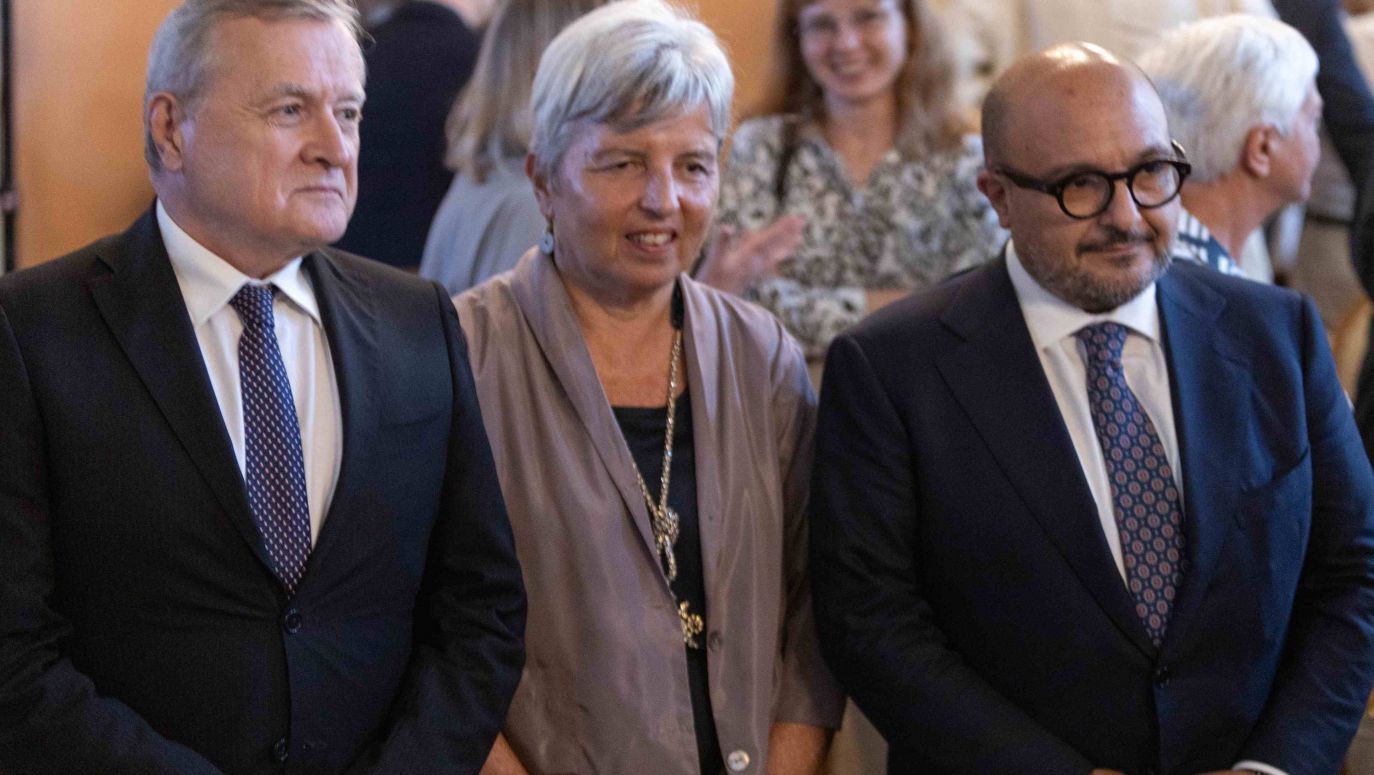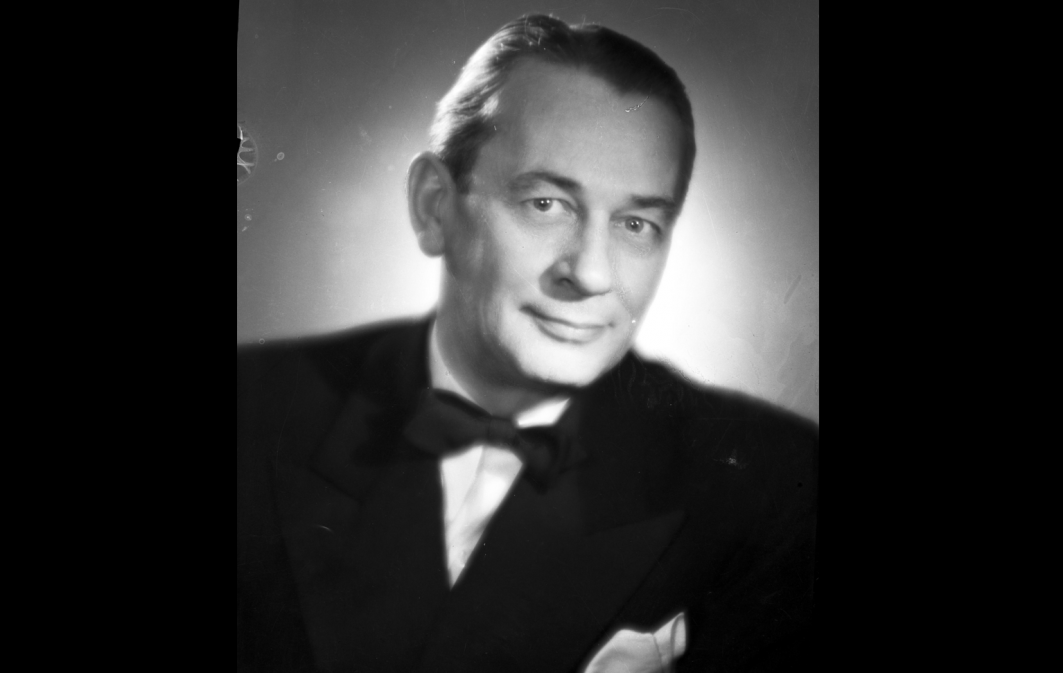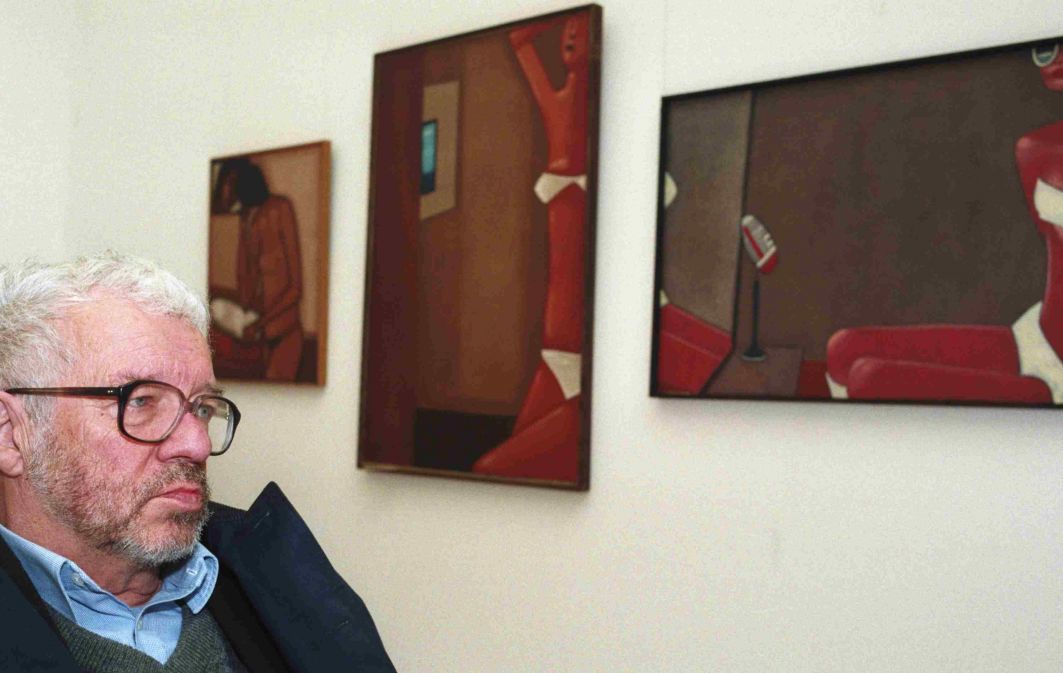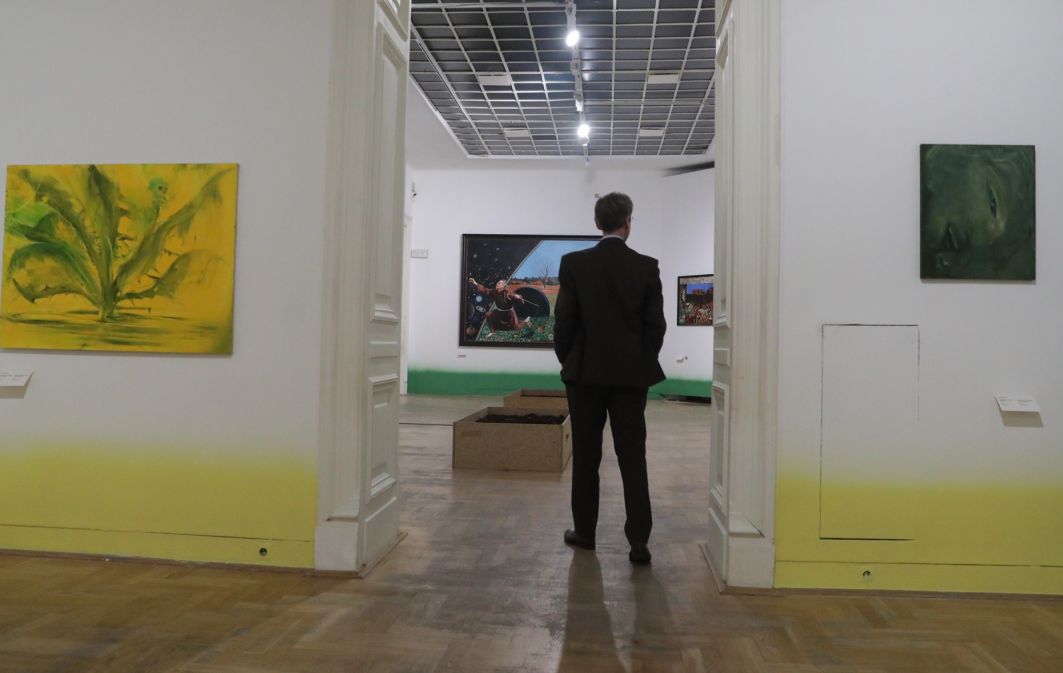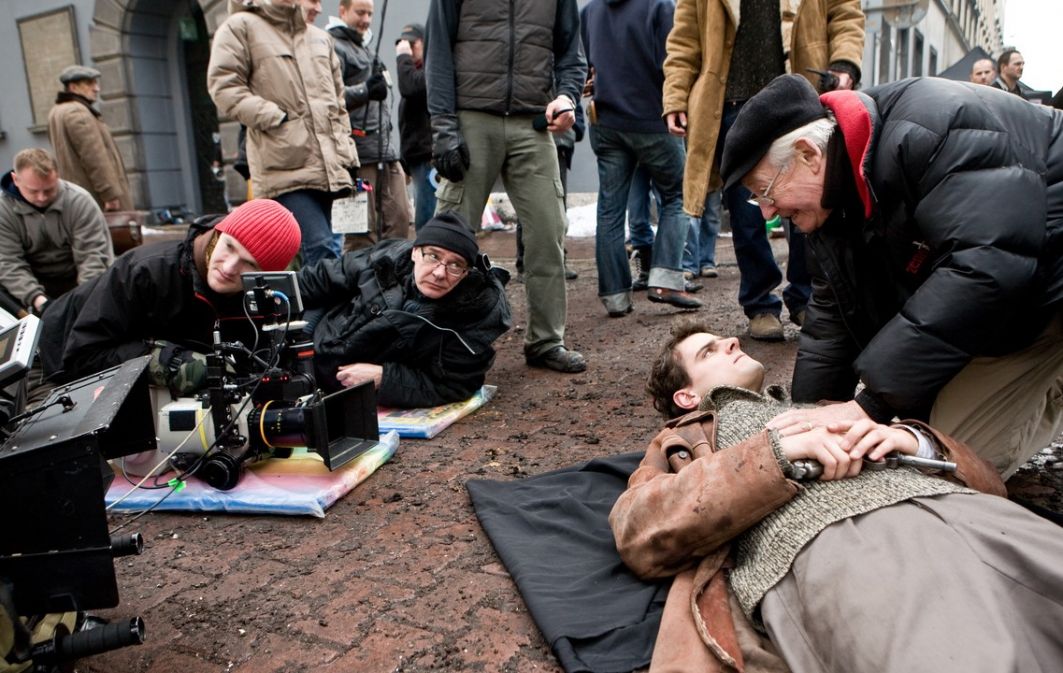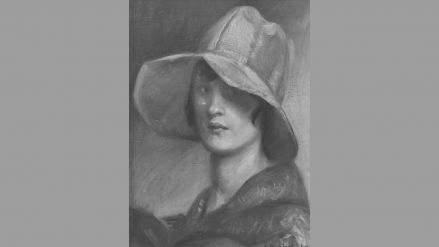
She was thought to have died during the war. And she survived. Hidden under a different name until her death, she sort of pretended she wasn't there.
see more
– This is the article that opens “Scritti italiani” – concludes prof. Bolecki, who is also the author of a great afterword about the Jewish roots of the writer’s family, included in the last volume of “Collected Works”, with footnotes that are fascinating reading in themselves. Two volumes of Italian magazines were published by the Italian publisher Bibliopolis and the Polish Institute of Literature, which financed this edition. Someday, hopefully soon, someone will translate it and “Italian Writings” will also be published in Polish. It’s gonna be a treat!
Polacco napoletano
The writer had lived in Naples since 1955, married to Lidia Croce, daughter of the great Italian philosopher and politician Benedetto Croce, author of the anti-fascist manifesto of 1925. And although Herling believed that one had to be born a Neapolitan, he really became one.
– He perfectly understood the character of our city, somehow he was able to blend in with this Neapolitan culture, to the point that he said that he was a Neapolitan Pole or a Polish Neapolitan – emphasized Minister Sangiuliano, who also comes from Naples. And he added that “the figure of Herling-Grudziński is an ideal synthesis of two aspects: it is a Polish-Italian synthesis and a synthesis of the 20th century, with all its tragedies, because Herling-Grudziński fought against the Nazis, but later was a prisoner of Soviet labour camps, and therefore was an anti-fascist, at the same time an anti-communist. In this way, he testified to the value of freedom”.
– For a year and a half, in the camp, he understood the mechanism that turned one of the most terrible experiences of people – extermination and genocide – into the void of oblivion. Living in the West, he was convinced almost every day that the events he witnessed and suffered did not exist at all in the collective consciousness. Nobody knew about them, and worse, nobody wanted to know for decades. Herling-Grudziński saw in this one of the most important social problems – the need to preserve the memory of the crimes committed in the 20th century, emphasized Włodzimierz Bolecki.
– Herling is a witness to the history of the 20th century, and at the same time a writer who constantly asked metaphysical and existential questions, who asked about the essence of Christianity, about the theological relationship between Christianity and Judaism, about the relationship of the Church to social reality – said Prof. Bolecki in his closing speech – Herling is one of the most profound Christian writers in Polish literature, and at the same time a severe critic of the Church as an institution. His criticism stemmed from his identification with Christianity as an essential part of European culture. It was his world of freedom, values, symbolism, and also life. Herling considered the art of distinguishing between good and evil to be the most important compass of human behavior and the assessment of all human affairs. The edition of the monumental “Collected Works” is an event, I do not hesitate to say so, epochal, immortal. It is a return to normality, in which there is no emigrant and domestic literature, no censorship and forbidden books, no hypocrisy and no manipulation of history and culture. And where there is a great moral message in literature that generations are brought up on.
– Barbara Sułek-Kowalska
TVP WEEKLY. Editorial team and jornalists
– Translated by Dominik Szczęsny-Kostanecki
The critical edition of Collected Works includes fifteen volumes published by Wydawnictwo Literackie in 2009–2021. The first volume was published on the writer’s 90th birthday, and the publication of the last volume ended the Year of Gustaw Herling-Grudziński, established by the Sejm of the Republic of Poland on the 100th anniversary of the writer’s birth. The volumes are provided with footnotes, editorial notes, bibliographies of first editions, reception of individual editions, descriptions of manuscripts, photographs, scans of documents, and indexes. Work on the edition lasted – including the preparation period – nearly fifteen years. The initiative accompanying the publishing project was the organization and digitization of the writer’s archive in Naples by the National Library, financed by the Ministry of Culture and National Heritage, finalized with the “Catalogue of the Gustaw Herling-Grudziński Archive in the “Biblioteca Benedetto Croce” Foundation, published by the National Library and available to everyone in PDF format.
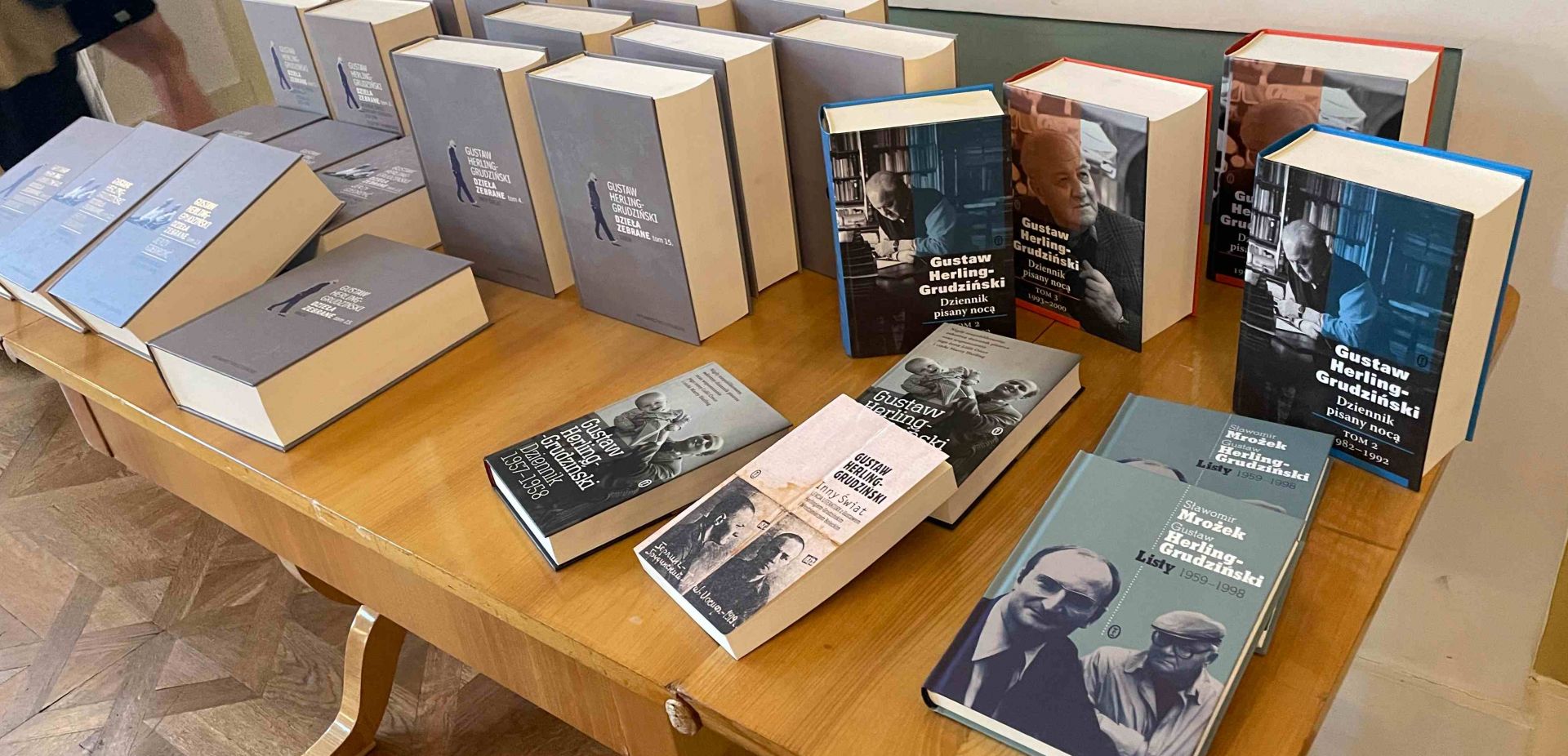
 SIGN UP TO OUR PAGE
SIGN UP TO OUR PAGE
 It is precisely in “Rozmowy w Dragonei” [“Conversations in Dragonea”] that the author utters the following important words: “I am not bloodthirsty, as my opponents claim. I do not demand that the judges who took part in the so-called kangaroo courts against the Home Army soldiers be hanged on the gallows. I only want them to stand trial and, if they are very old and sick, to simply go home and die in their own beds. But let them stand trial so that the average Polish citizen knows that there is some respect for the law” (“Rozmowy w Dragonei”, Warsaw 1997).
It is precisely in “Rozmowy w Dragonei” [“Conversations in Dragonea”] that the author utters the following important words: “I am not bloodthirsty, as my opponents claim. I do not demand that the judges who took part in the so-called kangaroo courts against the Home Army soldiers be hanged on the gallows. I only want them to stand trial and, if they are very old and sick, to simply go home and die in their own beds. But let them stand trial so that the average Polish citizen knows that there is some respect for the law” (“Rozmowy w Dragonei”, Warsaw 1997).